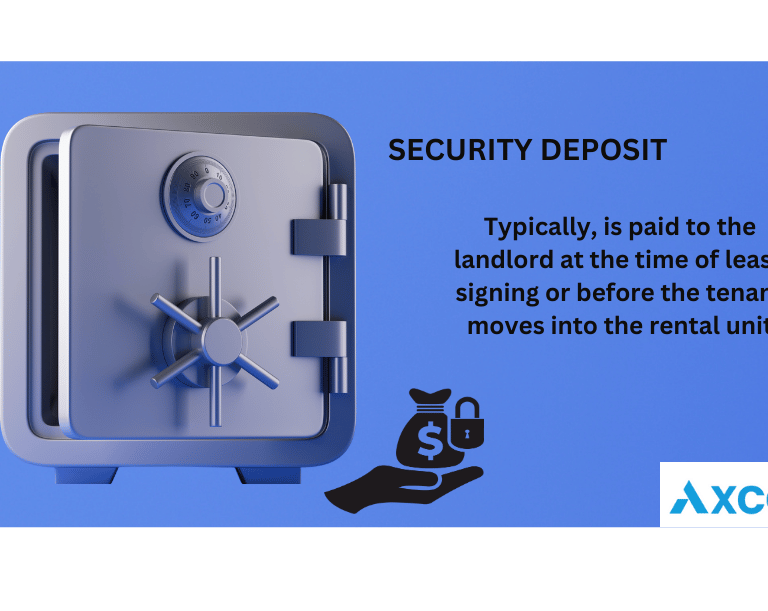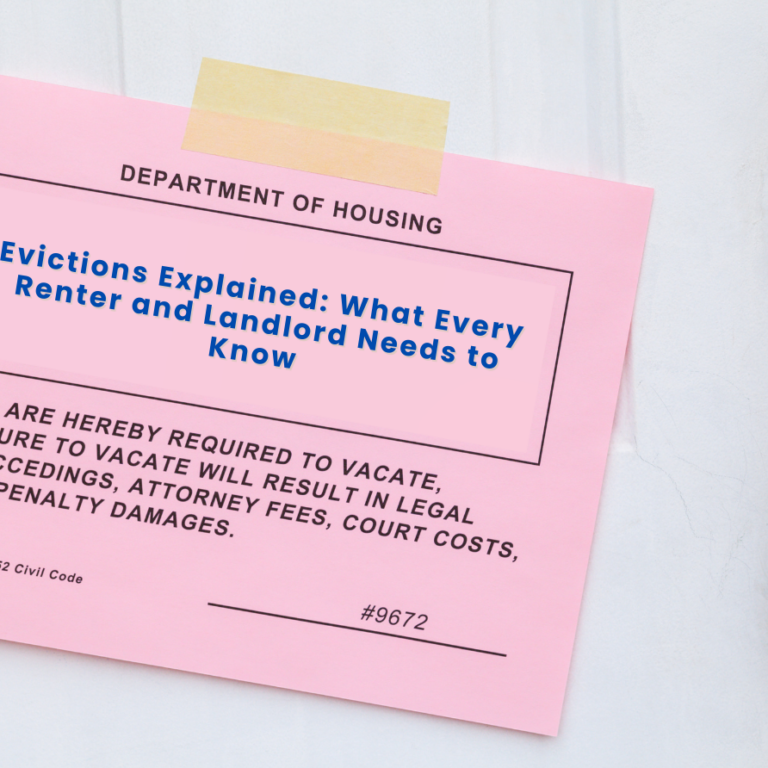How Does Term Life Insurance Work? Key Facts You Need to Know
Introduction to Term Life Insurance
What is Term Life Insurance
- A type of life insurance policy that provides coverage for a specific period (term), typically 10, 20, or 30 years.
- If the insured person dies within the term, a designated beneficiary receives a death benefit payout.
- Unlike whole life insurance, term life insurance does not accumulate cash value.
How It Differs from Whole Life and Other Insurance Types:
- Whole Life Insurance: Provides lifetime coverage and accumulates cash value over time. It’s more expensive but offers flexibility and investment potential.
- Universal Life Insurance: A flexible form of permanent life insurance that allows for adjustable premiums and death benefits. It also has a cash value component.
- Variable Universal Life Insurance: Similar to universal life, but the cash value is invested in various funds, offering potential growth but also investment risk.
Why It’s a Popular Choice for Many Consumers:
Term life insurance is widely preferred by consumers due to its affordability, simplicity, and flexibility. Unlike whole life insurance, which includes an investment component, term life insurance provides pure life coverage for a specific period, such as 10, 20, or 30 years. If the policyholder passes away during the term, their beneficiaries receive a death benefit, offering financial security for loved ones.
A. Affordability
Term life insurance is generally more affordable than permanent life insurance options.
B. Simplicity
Its straightforward structure makes it easy to understand.
C. Flexibility
Policyholders can choose a term length that aligns with their specific needs, such as covering a mortgage or providing for children’s education.
D. Peace of Mind
It offers financial security for loved ones during challenging times.
History and Evolution of Term Life Insurance
Origins of Life Insurance Policies:
- Ancient societies had rudimentary forms of life insurance, often tied to specific guilds or social groups.
- Modern life insurance emerged in the 17th century, with early policies focusing on maritime risks and mortality rates.
Key Milestones in the Development of Term Life Insurance:
- Industrial Revolution: The rise of industrialization and urbanization led to increased demand for life insurance as a means of financial protection for families.
- Life Insurance Companies: The establishment of life insurance companies standardized policies and practices, making life insurance more accessible to the general public.
- Technological Advancements: Advances in actuarial science, risk assessment, and computing power have enabled insurers to offer more tailored and affordable term life insurance products.
Changes in Consumer Preferences:
- As consumer needs and financial landscapes evolve, so do preferences for life insurance.
- Term life insurance has gained popularity due to its flexibility and cost-effectiveness, particularly for younger individuals with significant financial responsibilities.
Key Features of Term Life Insurance
Term life insurance is a popular and cost-effective way to provide financial protection for your loved ones. It offers coverage for a specific period and pays a death benefit if the policyholder passes away during the term. Here are the key features that make term life insurance a preferred choice:
Fixed Coverage Periods:
- Policyholders can choose a term length that aligns with their specific needs, such as 10, 20, or 30 years.
- Longer terms generally have higher premiums but provide longer-term coverage.
Death Benefit:
- The predetermined amount paid to the beneficiary upon the insured person’s death.
- The death benefit remains fixed throughout the policy term.
Simplicity and Affordability:
- Term life insurance policies are relatively simple to understand.
- They are often more affordable than other types of life insurance.
Types of Term Life Insurance Policies
Term life insurance comes in different variations to cater to diverse needs and preferences. Here are the most common types of term life insurance policies:
1. Level Term Insurance
A. Offers a fixed death benefit and level premiums throughout the policy term.
B. Suitable for individuals who need a consistent level of coverage over a specific period.
2. Decreasing Term Insurance
A. The death benefit gradually declines over time, while premiums remain constant.
B. Often used to cover a mortgage or other debt that decreases over time.
3. Renewable Term Insurance
A. Allows the policyholder to renew the policy at the end of the term without a medical exam.
B. Premiums may increase upon renewal.
4. Convertible Term Insurance
A. Provides the option to convert the term policy to a permanent life insurance policy.
B. Conversion does not require a medical exam.

Benefits of Term Life Insurance
Term life insurance offers numerous advantages that make it a popular choice for many consumers. Here are some key benefits:
Drawbacks and Limitations
While term life insurance offers many benefits, it also has some limitations that potential policyholders should consider:
Choosing the Right Term Life Insurance Policy
Selecting the right term life insurance policy involves evaluating several key factors to ensure it aligns with your needs and financial goals. Here are some essential steps to help guide your decision:

How Term Life Insurance Premiums Are Determined
Term life insurance premiums are determined based on several factors that help insurers assess the risk of providing coverage. These factors can vary by insurer but generally include:
- Age: Older individuals typically pay higher premiums due to increased mortality risk.
- Gender: Historically, men have paid higher premiums than women, but this gap has narrowed in recent years.
- Health: Pre-existing health conditions can significantly impact premiums.
- Lifestyle: Risky hobbies or occupations may lead to higher premiums.
- Smoking: Smokers generally pay higher premiums than non-smokers.
When and Why You Need Term Life Insurance
Term life insurance is an essential financial tool for many individuals, particularly during specific life stages or circumstances when financial protection for loved ones is crucial. Here’s a look at when you might need term life insurance and why it’s important:
- Providing for Dependents: To ensure financial security for loved ones after death.
- Covering Outstanding Debts: To pay off mortgages, loans, or other debts.
- Business Continuity: To provide funds for business operations or buyouts in the event of a key person’s death.
- Estate Planning: To cover estate taxes or other expenses.
Alternatives and Supplements to Term Life Insurance
- Whole Life Insurance: Provides lifetime coverage and accumulates cash value.
- Universal Life Insurance: Offers flexibility in premiums and death benefit, with a cash value component.
- Variable Universal Life Insurance: Similar to universal life, but with investment options for the cash value.
- Riders: Additional coverage options that can be added to a term life insurance policy, such as accidental death benefit, critical illness coverage, or waiver of premium.
Conclusion: The Value of Term Life Insurance in Financial Planning
Term life insurance is a cornerstone of financial planning for many individuals and families, offering an affordable, straightforward, and flexible way to provide financial security during critical life stages. Its primary purpose—offering a death benefit to beneficiaries if the insured passes away within the policy term—ensures that loved ones are protected from financial hardship in the event of an untimely death. Whether you’re looking to cover a mortgage, fund your children’s education, or safeguard your family’s future, term life insurance provides peace of mind without the complexity or higher costs associated with permanent life insurance options.
Key Takeaways:
Affordability and Simplicity :
- Term life insurance is one of the most cost-effective ways to secure substantial coverage, making it accessible to younger individuals and families on a budget.
- Its straightforward structure—fixed premiums and a guaranteed death benefit—makes it easy to understand and manage.
Flexibility to Meet Specific Needs :
- Policyholders can choose a term length that aligns with their financial goals, such as covering a 30-year mortgage or ensuring financial stability until children are self-sufficient.
- Options like renewable and convertible term policies add further flexibility, allowing adjustments as life circumstances change.
Financial Protection Without Investment Complexity :
- Unlike whole life or universal life insurance, term life insurance focuses solely on providing a death benefit, avoiding the complexities of cash value accumulation.
- This makes it an ideal choice for those seeking pure life coverage without the added cost of an investment component.
Limitations to Consider :
- While term life insurance offers significant benefits, it’s important to recognize its limitations, such as the lack of cash value and the expiration of coverage at the end of the term.
- Premiums may increase upon renewal, and there is no payout if the policyholder outlives the term.
When to Consider Alternatives :
- For individuals seeking lifelong coverage or the ability to build cash value, alternatives like whole life, universal life, or variable universal life insurance may be more suitable.
- Riders can enhance term life policies by adding features like critical illness coverage or accidental death benefits, tailoring the policy to specific needs.
Final Thoughts:
Term life insurance is a powerful tool for protecting your loved ones and securing your financial legacy during key periods of life. By carefully evaluating your needs, budget, and long-term goals, you can select a policy that provides the right level of coverage for your unique situation. Whether you’re just starting a family, paying off a home, or planning for retirement, term life insurance ensures that your family’s financial foundation remains strong even in your absence.
As life evolves, so too should your insurance strategy. Regularly reviewing your policy and consulting with financial professionals can help ensure that your coverage continues to meet your needs. With term life insurance, you can face the future with confidence, knowing that your loved ones are protected against life’s uncertainties.






